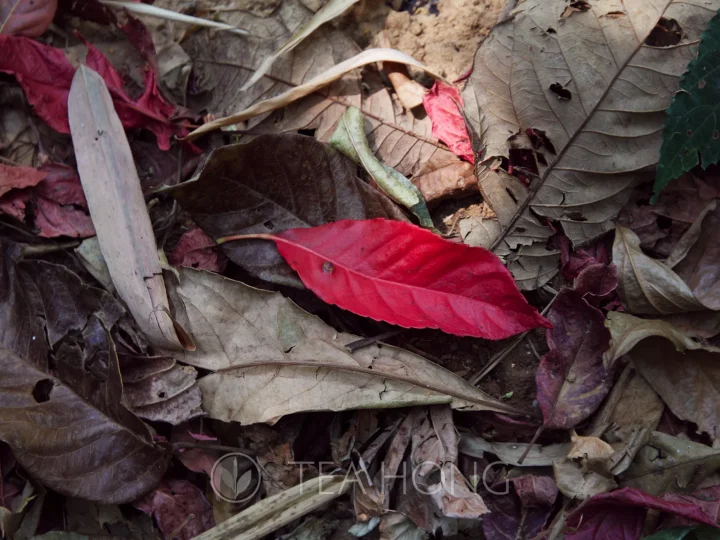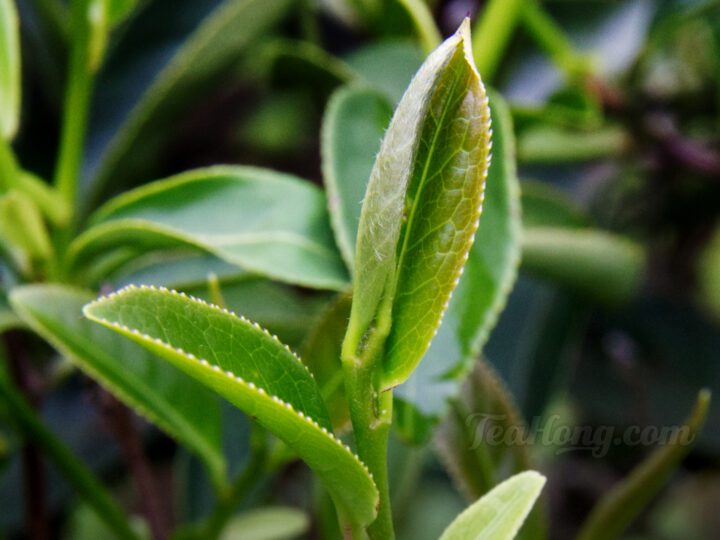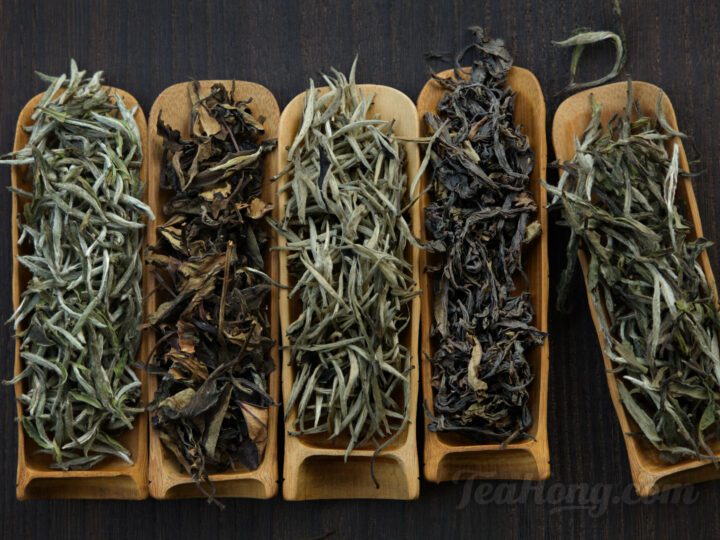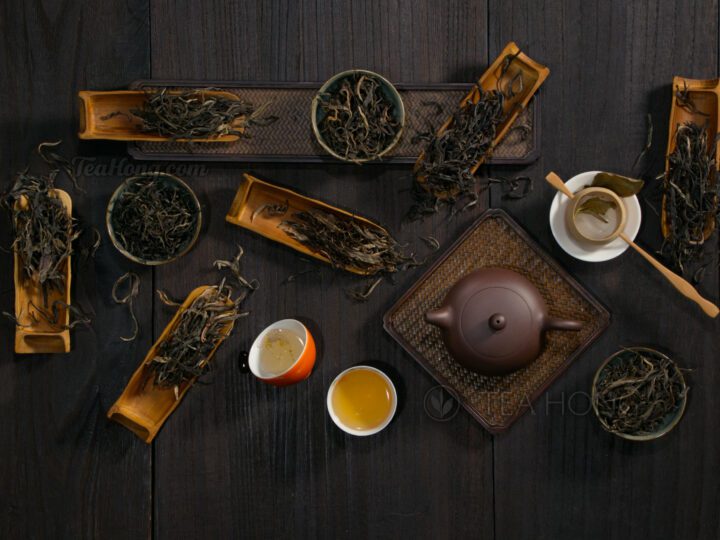Anti-oxidant
After some scientific reports said white tea is more potent than even green tea in anti-oxidative health benefits, the market has been flooded with mislabelled products. Most of them we can’t really say are enjoyable. A lot are not even white tea.
White tea is defined not by the colour of the leaves, but by a specific production process through which the constituents of the leaves transform to become the combination of biochemistry that the scientists found salutary.
A tea that is white may not be white tea, a white tea may not look white
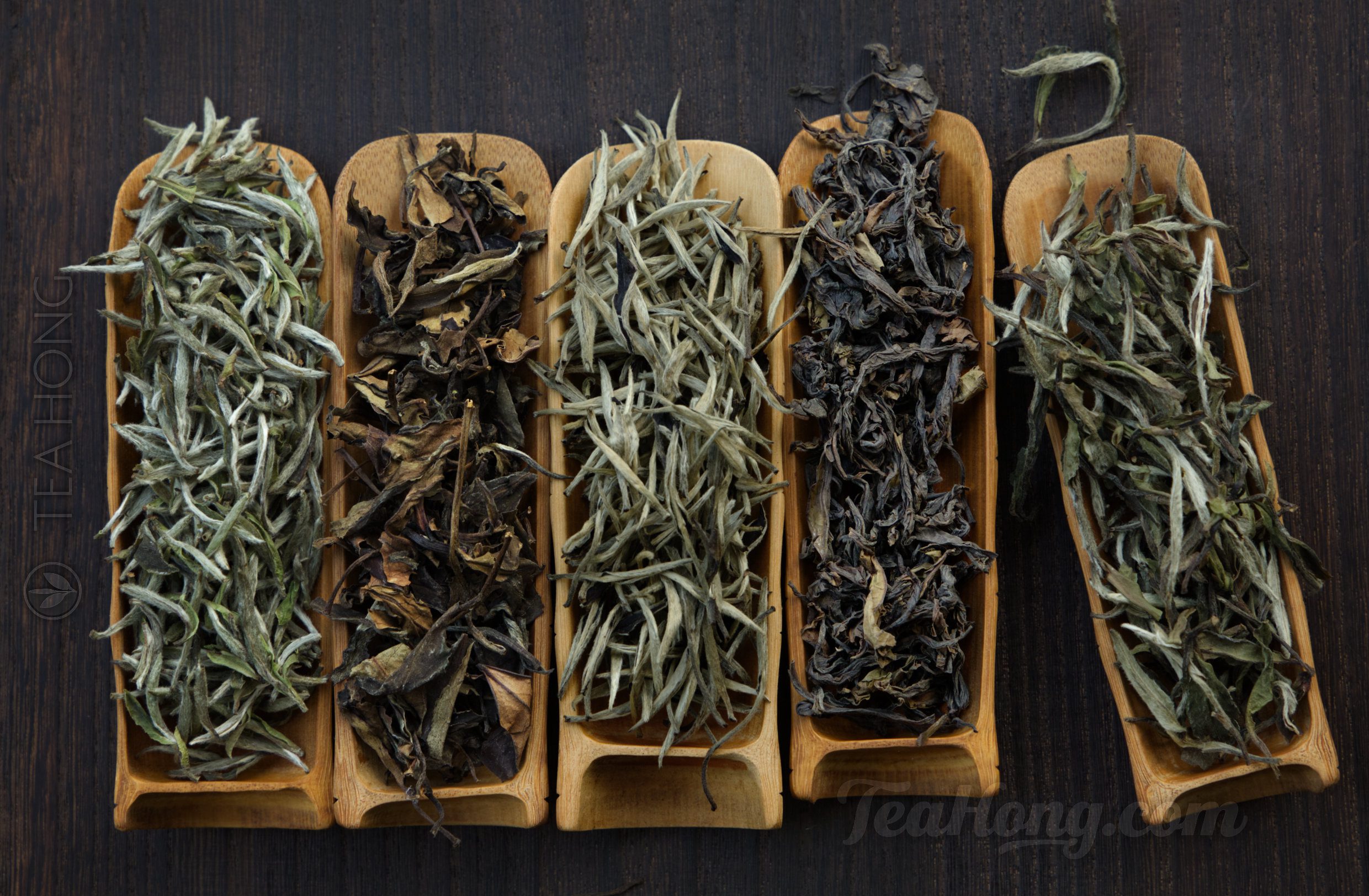

Five white teas that taste different and look different: from left: Silver Needle Supreme, Premodern Peony, King Silver, Hong Yu Deep White, and White Peony Classic Long
In another word, all that look white, or have white colour in them may or may not be white tea. There are actually a lot of green teas that look even whiter than genuine white tea. That is because white teas are very gradually and slightly oxidized. This process dulls the colour of the hairy leaf shoots that are originally white.
The taste profile of white tea is also determined by the unique cultivars. The original and classic ones are the Dabai group of cultivars. Developed in Fujian between the late 19th and early 20th century, the Fuding Dabai and Zhenghe Dabai dominate this category of tea. These cultivars yield large tips that are covered with downy white hair. The leaves give a mild, sweet and yet lively taste.
Some other cultivars may grow large hairy shoots, but they can taste quite strong. Such as white teas from Yunnan. Yet some others may not have large shoots of downy hairs, but they can be made into legitimate white teas upon proper processing, such as Hong Yu Deep White or Premodern Peony. It is worth noting that this brownish leaves of Premodern Peony is actually the grand-daddy of white peonies.


The major steps in white tea processing. Sun-withering, also called sunning, is a key step that results in an integral part of the finesse of the taste profile of a good product. The two subsequent withering may last between 24 to 60 hours, depending on the tea variety and style of processing. Some other white teas, such as the teahouse classic Shoumei and the beautiful Hong Yu Deep White, are lightly rolled and rested before drying.
Enjoyment is the key
To us, all the health benefits of tea found in recent scientific reports is just a bonus, we love tea for it really is to us the ultimate beverage. That is why it is not enough for us to carry genuine white teas from the authentic origin, but to offer the best quality and the most delicious.
We work directly with traditional tea farmers in these regions and in the beginning contributed to the fine tuning of the processing for better and more genuine tastes. We buy only their best harvests. This close relationship give us not only the real thing, but also the best selections of the category ever possible.
White tea is matureable
Some people are also led to believe that white tea has to be best when fresh. Not genuine high quality white teas. They mature beautifully to better sweetness, added depth and graceful aromas. Some even develop a chocolatey sweet smell on the second year which deepens with time. Some become deeper, even more complex and rounder.
To widen your choice other than the original varieties, we have included also fresher shengcha pu’er selections in this category. They are produced with nearly the same procedure as genuine white tea, except in a different region and from very different cultivars. They are livelier tasting alternatives to the sweeter originals.
Life simply is too precious for fakes. Each sip of it should be made with the real thing.




